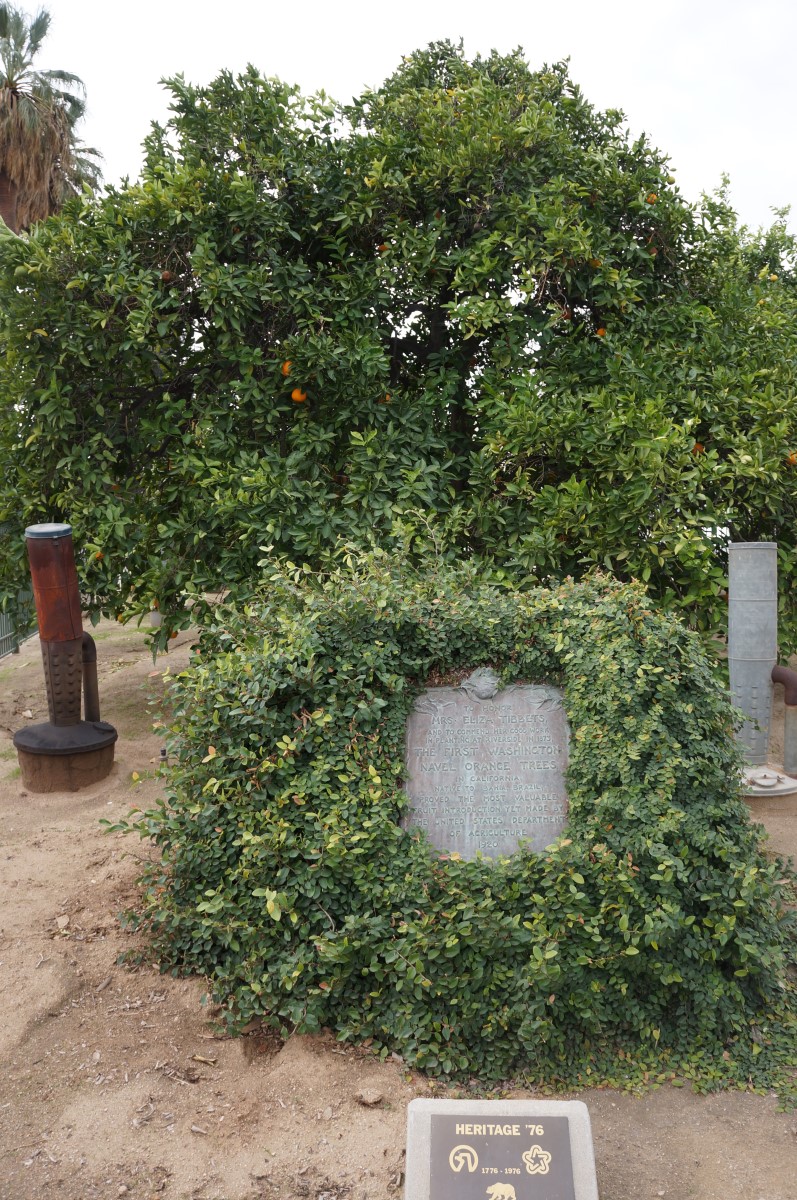
Introduction of budwood of the navel orange from Bahia, Brazil to the U.S.
On Jan. 21, 1871, Richard A. Edes, U.S. Consul in Bahia, Brazil sent a letter to Horace Capron, Commissioner of Agriculture that reads as follows:
“I have the honor to acknowledge receipt of your communication of December 15, 1870. The favorite orange of this part of Brazil, and of which this province is celebrated is named the navel orange. This orange contains no seed and for transplanting, the cuttings of the tree must be used. Such cuttings are usually put into a basket of earth of the diameter of about 10 inches and the baskets to the number of 8 or 10 are packed in a large case with a glass top. In the summer season it can be forwarded without much risk. I shall be glad to forward whatever number of cuttings may be desired and would suggest the month of May as being the most suitable for the purpose.”
Capron replied to Edes on Feb. 21, 1871 and on Apr. 20, 1871, Edes acknowledged the letter and said that he would forward the desired navel orange cuttings.
Tags:
Source: University of California, Riverside
Credit: Chester Roistacher: The Parent Washington navel orange tree. Courtesy: Wikipedia.
